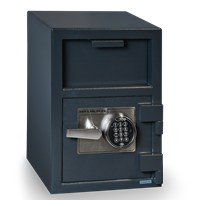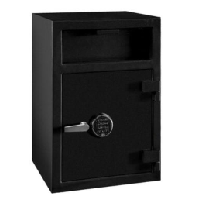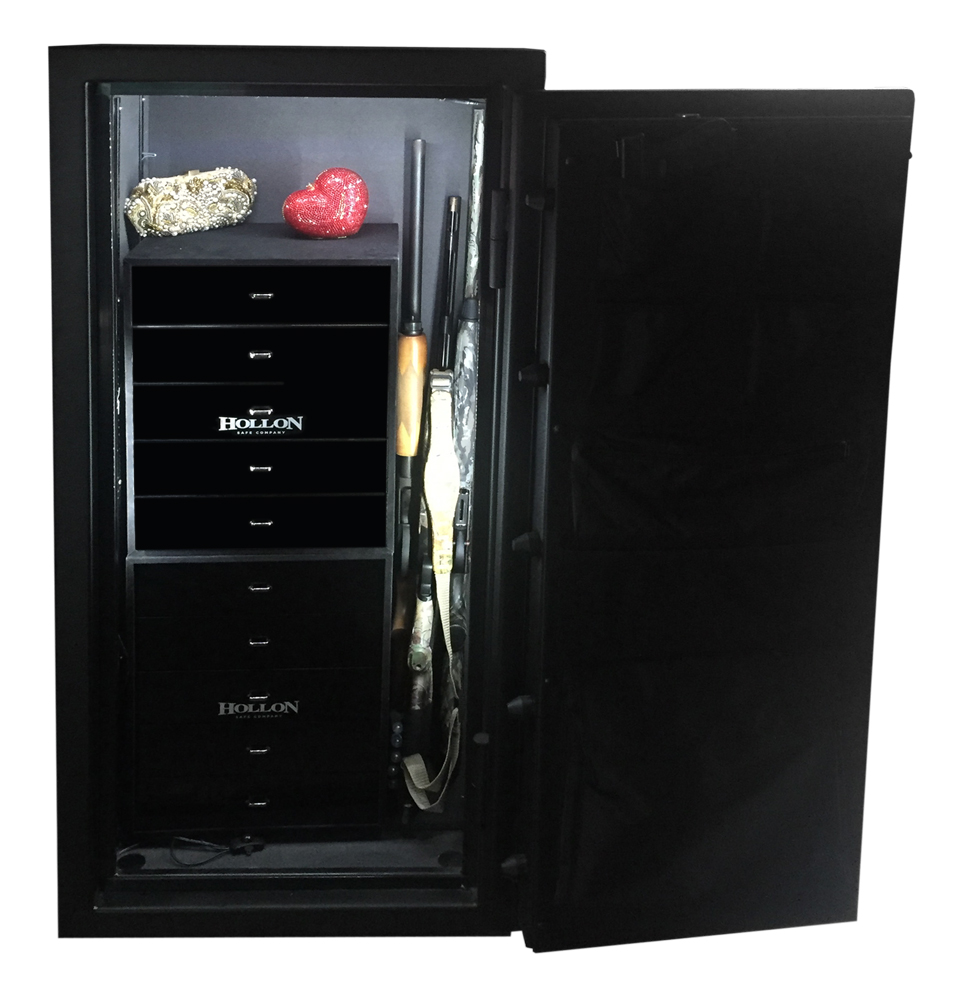Large & Small Depository Safes Review
Depository safes allow deposits to be made by anyone, but the deposits can only be removed by persons with authorized access to the safe. They are also sometimes referred to as drop safes. Depository safes are ideal for businesses that handle large amounts of cash, jewelry or other small valuables. They are also useful for taking payments or non-refundable deposits in the form of checks, money orders, or cash. Because of the opening used to make the deposits, depository safes are not as secure as other safes. They are best used for temporary storage – deposits should be removed periodically and placed in more secure storage. You might, for example, deposit cash into the depository safe throughout the day, but move the cash to a secure burglary-proof safe at night. Another consideration is that, because of the opening to the outside, depository safes are not fireproof.
There are 3 basic types of depository safes. They differ in the way they accept deposits. The first type has a simple slot on the front or top of the safe where deposits are inserted. This type uses a baffle on the inside to prevent “fishing” the contents of the safe back out through the opening. The second type uses a hinged hopper that opens from the front, much like the corner mailbox or the night deposit at the bank. This type also uses a baffle to prevent “fishing”. The third type of depository safe, which is the most secure, uses a rotary hopper. This rotary hopper, mounted on top of the safe, must be rotated 180 degrees for the contents to be deposited in the safe.
There are a few other features to consider when choosing depository safes. One is a dual-custody key system. This type of system requires the use of two keys to remove the deposits, a “supervisor” key and a “guard” key, in much the same way as a safe-deposit box at the bank. Another consideration is the added convenience of an electronic keypad locking mechanism. The contents of the safe can be accessed by entering the combination on an electronic PIN pad, much like using an ATM or debit card machine. These electronic locks are also available with an audit feature, which stores information about when the safe was accessed and by whom. This information can be viewed on a status panel or, on some models can be uploaded to a personal computer.
Depository safes are also available with a double-door arrangement. This type is divided into two sections, with the top half for deposits, and the bottom half providing more secure storage because there is no opening for deposits. Depository safes are available in a wide variety of sizes, shapes and interior arrangements. Some are available with convenient storage for cash drawers – these are ideal in a retail setting.
As you can see, depository safes provide convenient, temporary storage for cash, jewelry, or other valuables. When choosing a depository safe, be sure to consider the type of depository opening, the type of locking mechanism, and whether or not you could benefit from a dual-door model. Keeping all of these factors in mind will help in choosing the depository safe that is right for you.





